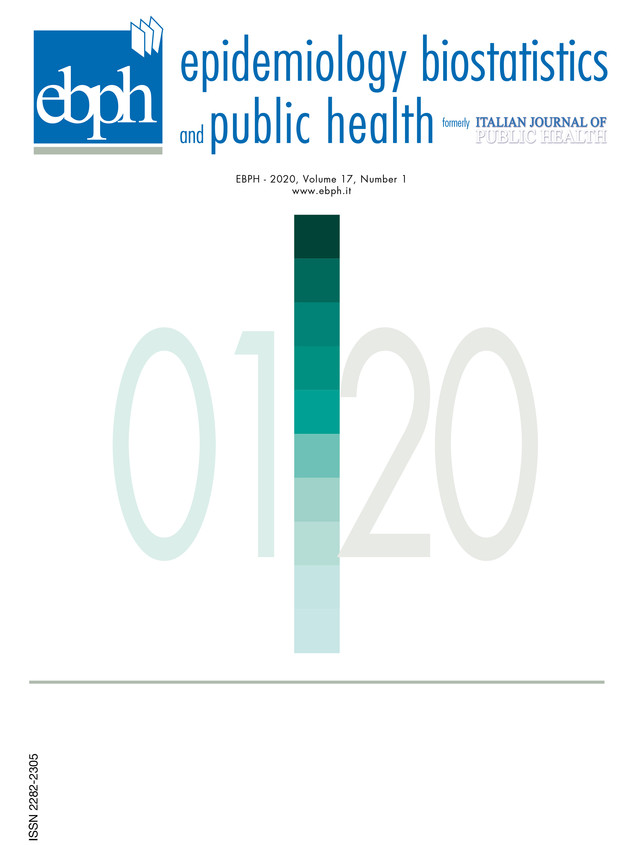Alcohol and the young: how does the press face the problem?
DOI:
https://doi.org/10.2427/8644Abstract
Background: alcohol is an important component of the Mediterranean diet and its moderate use is protective against cardiovascular risk. Binge drinking, i.e. the heavy consumption of alcohol over a short period of time, is the main consumption pattern of young people in Western countries and may lead to severe toxic effects in many organs. Mass media often address the issue by suggesting prevention measures; however, they may also have the unintended effect of encouraging alcohol misuse. This study aims to assess how the Italian press faces excessive alcohol consumption in young people, comparing the messages given by the press with scientific recommendations.
Methods: articles published by the 6 best-selling Italian newspapers and the 4 best-selling Italian magazines were collected from October 15th to November 14th 2009. Medline database, governmental and non-governmental sources were searched for scientific recommendations regarding primary prevention of alcohol misuse. Press articles were described and analysed by filling out a predefined form.
Results: fourteen newspaper articles regarding alcohol were found, 79% belonging to the news section. Six quotations of scientific recommendations were found: two about drink-driving, two about raising public awareness, one about Monitoring and Evaluation, and one about community and workplace action.
Conclusions: scientific recommendations were often inadequately reported by the Italian press. The most covered recommendations, designed driver and public educational intervention, are also the least effective according to international literature. Therefore, a further effort is needed to tackle this issue in a more scientifically sound way.






